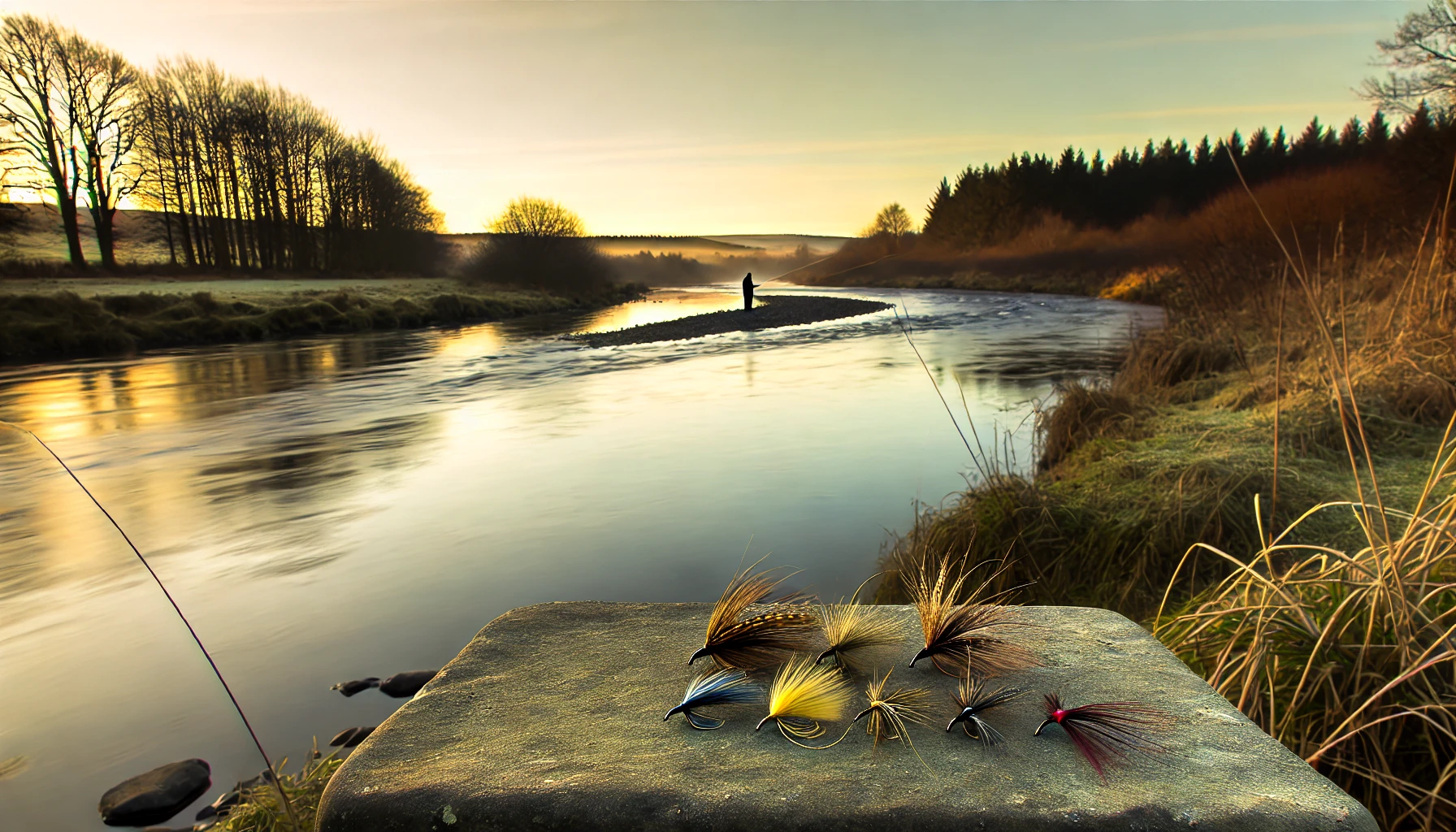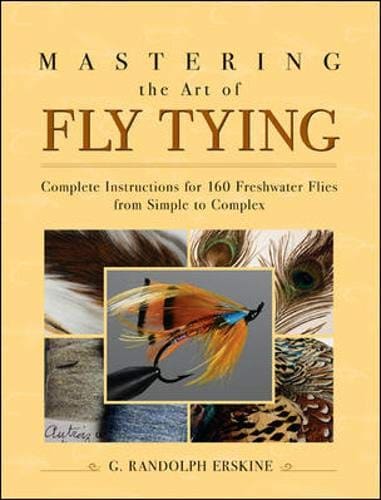What are Fly Patterns?
Fly patterns are fake insects or small fish that trick fish into biting. They are tied with feathers, fur, and other materials on a hook.
Expanded Explanation
Fly fishing uses special flies to catch fish. These flies can look like many things fish eat, like insects, worms, or even small fish. Different flies work in various situations.
Where Craftsmanship Meets the River: A Glimpse into the World of Fly Tying

Different Types of Fly Patterns in Fly Fishing
There are many kinds of fly patterns, each designed to catch fish in a specific way:
- Dry Flies: Float on top of the water like insects hatching.
- Wet Flies & Nymphs: Sink down in the water, like insects swimming underwater.
- Streamers: They look like small fish and wiggle through the water.
- Attractor Patterns: Catch fish with bright colours or flashy materials, not by looking like real food.
Why Fly Patterns Matter: Catch More Fish!
Choosing the correct pattern is like using the right key to unlock a door – it leads to more fish!
Here’s a deeper look at why:
1. Match the Hatch: Be the Buggy Imposter
- Look Local: Scout for insects around the water – flies that look like them are your best bet.
- Surface Feeders: Do you see fish jumping? They might be after rising bugs. Choose a dry fly that matches those insects.
2. Observe the Water: Read the Signs
- Feeding Frenzy: Watch how fish feed. Tail slaps mean they might be eating emergers just below the surface. Choose an emerger fly.
- Larva Love: Look under rocks for bug larvae. Match your fly pattern to what you find.
3. Consider the Season: Time It Right
- Seasonal Bugs: Different insects hatch at different times. Research local hatches and choose flies that match the season.
- Weather Woes: Weather affects bug activity. Sunny days might see more insects on top, so use dry flies. Overcast days might be better for nymph flies that imitate bugs underwater.
4. Experiment: Don’t Be Afraid to Switch
- Fly Box Shuffle: Are the fish not biting? Try a different fly! Size or colour variations can make a big difference.
- Fishing Log: Keep track of what works and what doesn’t, including weather and water temperature. Learn from your experiences!
5. Understand Fish Behavior: Think Like a Fish
- Morning vs. Evening: Fish are often more active during cooler parts of the day. Choose flies that mimic insects active at these times.
- Clear or Murky: In murky water, use bright or boldly coloured flies. In clear water, opt for more realistic imitations.
6. Get Help: Learn from the Experts
- Local Legends: Local fishermen and bait shop owners know what flies work best in your area. Ask for their advice!
- Fishing Forums: Online forums and local fishing reports are great resources for seeing what other anglers are catching fish with.
7. Practice Makes Perfect: Hone Your Skills
- The More You Fish: The better you’ll get at choosing the right fly. It takes time and experience.
- Refine Your Technique: Over time, you’ll learn to “read” the water and understand fish behaviour, making you a fly-picking pro!
Fly Fishing – Beyond the Fly
Choosing the correct fly pattern requires knowledge, observation, and adaptability. It’s not just about the tools but knowing when and how to use them. Every fishing trip is an opportunity to improve, acquire new knowledge and perfect your fishing techniques. Remember, fly fishing is as much about understanding the environment and the fish as it is about casting and fly selection.
Context and Usage
Fly patterns are used by fly fishers everywhere! They come in all shapes and sizes, and even flies are designed to catch specific types of fish.
- Example 1: If fishing for trout in a calm stream, you might use a dry fly resembling a mayfly.
- Example 2: If fishing for bass in a weedy lake, you might use a streamer resembling a small baitfish.
Understanding Fly Patterns
Some people think all fly patterns look alike, but many different types exist! The best fly pattern depends on the fish you’re trying to catch and your fishing conditions.
Related Glossary Terms
Visual and Reading Fly Patterns Aids For the Beginner
External Resources
Outdoor Canada features two free, comprehensive video resources for fly tiers of all skill levels. These resources include professional-quality tutorials on various fly patterns, from classic to modern, provided by experts in the field.
The Fly Fishers International (FFI) Learning Center is the premier online resource for fly fishing education, offering a vast library of videos, articles, manuals, and workshops. It covers everything from basics to advanced techniques, catering to all skill levels with content developed by leading experts in the field.
Fly Patterns Resources by Sunny Days Go
The article “Fly Patterns for Trout | Secrets to Success“ on Sunny Days Go offers insights into selecting effective fly patterns for trout fishing. It discusses various patterns, such as the Adams Fly and Elk Hair Caddis. It provides tips on matching these with the trout’s diet and behaviour for improved angling success.
The YouTube video “Fly Fishing Presentation For Beginners“ is a comprehensive guide for newcomers to fly fishing. This guide offers essential tips and techniques for a successful fishing experience. First, it introduces the basics of fly fishing presentations, teaching you how to cast and present the fly effectively to catch fish. Then, it becomes a valuable resource for anyone aiming to enhance their fly fishing skills.
